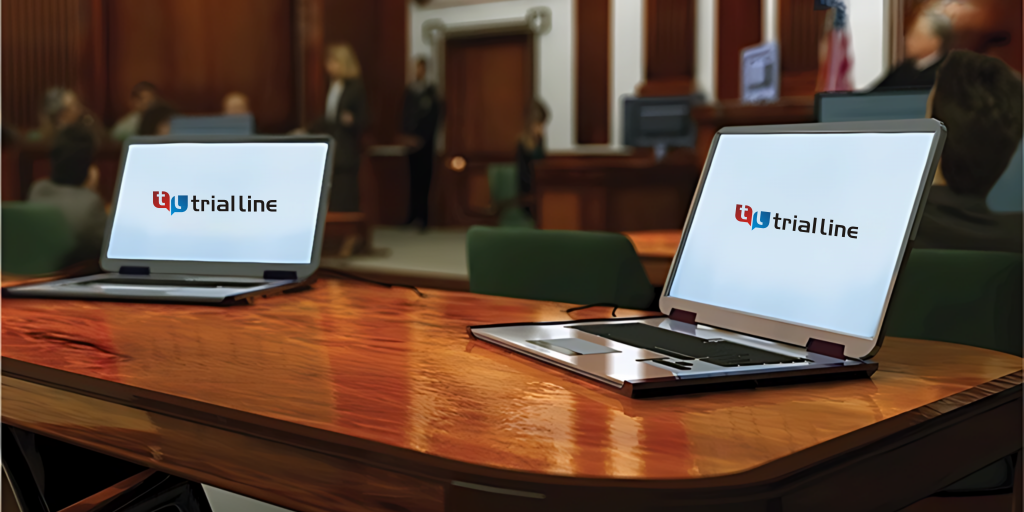How Effective Test Discussions Can Win Your Case
The performance of test discussions is usually undervalued, yet they play a vital role in forming juror perceptions and affecting case end results. As we explore the parts that contribute to a compelling test discussion, the question stays: what details techniques can lawyers use to ensure their message not just resonates yet likewise urges action?

Recognizing Your Target Market
Recognizing your target market is crucial for delivering a reliable trial discussion. Understanding that will be present in the court-- jurors, courts, and rival counsel-- allows you to customize your message in a means that reverberates with them. Each team has distinctive assumptions, prejudices, and histories, which can significantly influence their understanding of the instance.
For jurors, it is necessary to think about demographics, life experiences, and cognitive predispositions. Jurors might originate from different professions and social backgrounds, influencing their analysis of proof and disagreements. Engaging with them with relatable examples and clear, straightforward language can foster better understanding and empathy.
Judges, on the various other hand, focus on legal criteria and procedural integrity. Discussions ought to be concise and based in the law while valuing court etiquette. Comprehending the judge's choices and previous judgments can better enhance your approach.
Effective communication rests on acknowledging these distinctions and adjusting your discussion design as necessary (trial presentations). By anticipating the target market's reactions and resolving their problems, you can develop an extra influential narrative that captivates interest and promotes positive results
Crafting a Compelling Story
A well-crafted story functions as the foundation of an effective test presentation, directing the target market through complicated details while evoking psychological responses. This story should start with a clear and appealing introduction that sets the phase, laying out the essential themes and concerns at stake. Developing a relatable protagonist-- often the client-- can produce an individual connection with the jury, drawing them right into the tale.
The body of the narrative should present the realities in a rational series, weaving with each other evidence and testimony to develop a cohesive debate. Each item of information need to support the overarching motif, reinforcing the wanted message without frustrating the target market with unneeded details. Transition expressions can be especially powerful, assisting to maintain circulation and keep the court involved.
Eventually, the final thought needs to reverberate psychologically, summing up the instance's significance and prompting the jury to take activity via their judgment. By crafting a compelling narrative that is both organized and mentally powerful, attorneys can properly communicate their case's benefits, making it simpler for jurors to recognize and keep in mind the bottom lines long after the test concludes. This technique not only notifies but additionally convinces, enhancing the chance of a favorable outcome.
Utilizing Aesthetic Aids Efficiently

Aesthetic help play an important duty in improving test discussions, transforming intricate data into obtainable information that jurors can quickly comprehend. By utilizing graphes, charts, representations, and multimedia components, lawyers can clear up elaborate factors and retain jurors' focus. Visual aids help with the understanding of evidence, making abstract principles substantial and relatable.
When selecting visual help, relevance and simpleness are vital. Each aesthetic need to straight support the case narrative and reinforce crucial Click Here debates without overwhelming the audience. Overly complex visuals can interfere with the message, triggering complication as opposed to quality.
In addition, the critical placement of visual aids during discussions is necessary. They must be presented at zero hours to emphasize vital proof or to illustrate significant changes or fads. This timing permits jurors to refine details properly, improving retention and recall throughout deliberations.
Additionally, it is essential to guarantee that visual help are highly suitable with the courtroom setting. Experience with the equipment and a backup plan can stop technological glitches that may interrupt the circulation of the presentation. In recap, efficient use visual help can significantly reinforce a trial discussion, bring about a stronger link with the court and an extra influential instance on the whole.
Involving Emotion and Compassion
While presenting accurate proof is necessary, engaging emotion and empathy in trial presentations can profoundly affect jurors' perceptions and choices. Jurors are not simply decision-makers; they are human beings who respond to stories that resonate on a personal level. By weaving emotional components right into the discussion, attorneys can develop a link that goes beyond mere statistics and lawful jargon.
Storytelling is a powerful tool in this context. By providing the case as a story that highlights the human impact of the occasions in read concern, attorneys can evoke sensations of compassion, anger, and even fear - trial presentations. These emotions can substantially persuade jurors, making them more likely to empathize with the plaintiff or defendant

Eventually, a test presentation that efficiently involves feeling and compassion can develop an engaging argument that resonates deeply, leading jurors to really feel a personal stake in the event, consequently increasing the opportunities of a positive judgment.
Practicing Delivery Strategies
Involving feeling and compassion lays a solid structure for test presentations, however the efficiency of these components hinges on the delivery techniques employed by the lawyer. Grasping distribution strategies is crucial for ensuring that the message resonates with the court. This entails practicing tone, pace, and body language to improve integrity and connection with the target market.
Rehearsing the presentation several times allows lawyers to improve their style and identify areas for improvement. Recording session can provide useful review understandings right into one's nonverbal hints and vocal inflections, helping to eliminate disruptive routines. Additionally, getting responses from peers can highlight staminas and weaknesses, directing further refinement.
Effective use of pauses can likewise be an effective method; they permit the court to soak up critical information and increase emotional impact. Attorneys must also be mindful of eye contact, as it promotes trust fund and involvement with jurors.
Inevitably, the mix of practiced delivery techniques and the psychological vibration of the discussion can substantially affect the court's assumption, developing an engaging case that sticks out in their minds. The power of well-executed distribution can not be overstated in the pursuit of a positive judgment.
Verdict
In recap, efficient test presentations are crucial in affecting juror choices. Understanding shipment techniques additionally enhances these elements, inevitably adding to an influential case discussion.